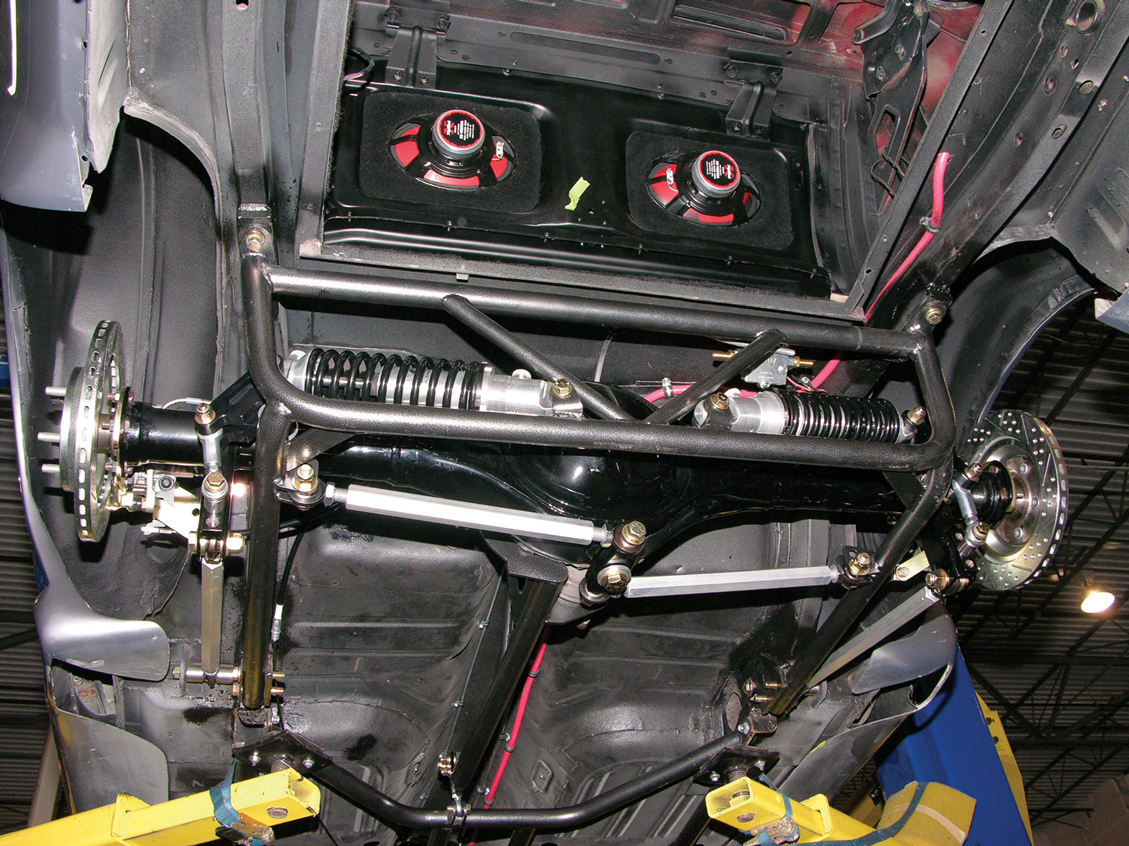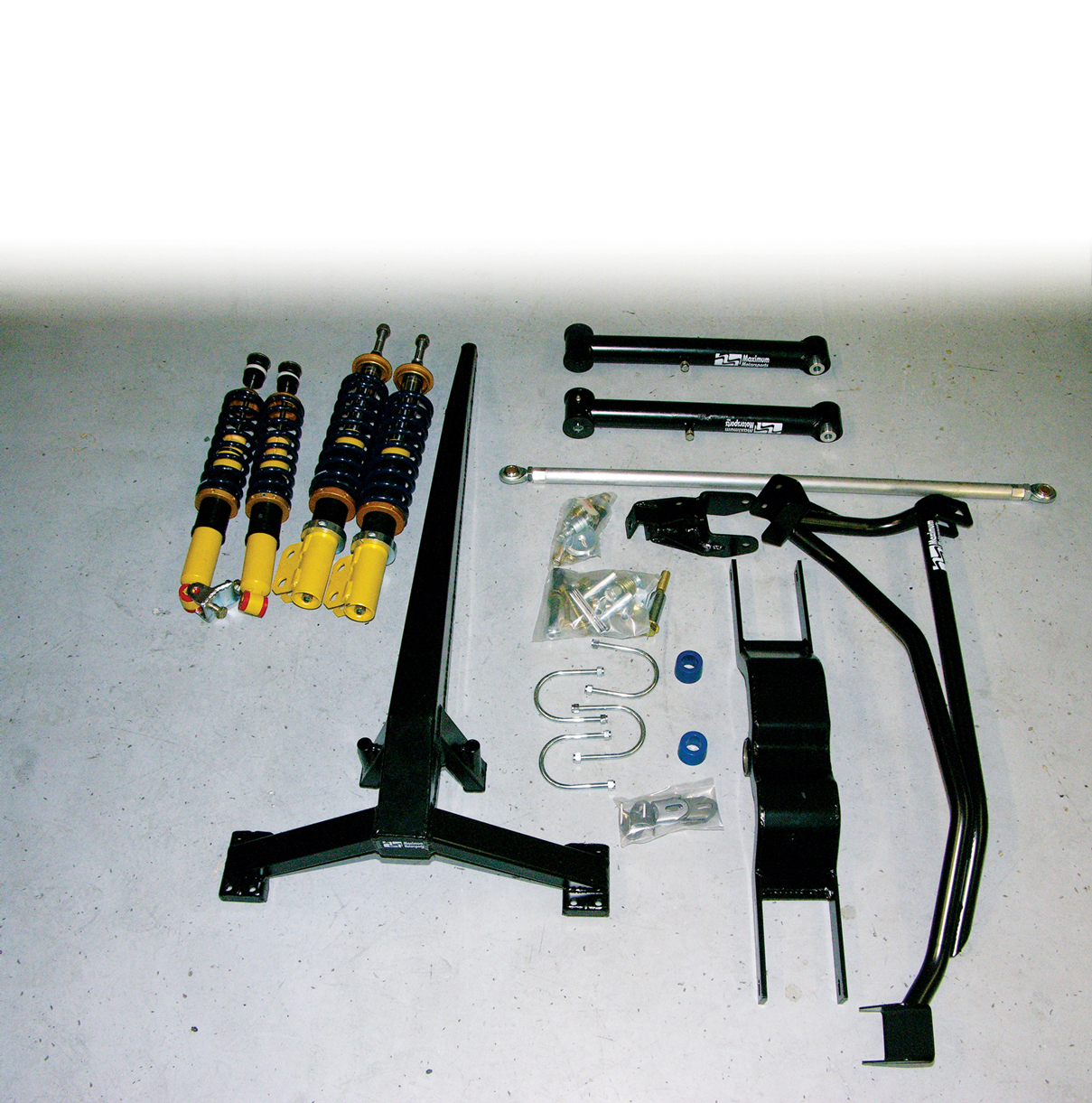Cars

If you are going to connect anything automatic to your car, especially when dealing with electricity, lead and acid, you owe it to yourself to do a bit more research rather than pulling just any super-discounted, off-the-shelf item and connecting it to something as potentially volatile as a lead-acid battery. But we have, haven’t we?

Ford engines are hot, and everyone—even non-Ford guys—are talking about it. The small-block Ford is an awesome package that is made even more awesome by Ford Racing and aftermarket parts. It has continually gained popularity as a high-performance buildup, as a Ford In A Ford engine transplant and as a replacement performance engine for vehicles that were optioned as such but were less equipped when new. With all of this activity surrounding the small-block Ford engine, it is safe to say that it is quickly becoming the small block of choice.

When Ford introduced its Y-block engine in 1954, it labeled the engine the worthy successor to the venerable Flathead. The Flathead gained a loyal following of hot rodders and racers, but the big Cadillac overhead-valve V-8 and Oldsmobile’s Rocket 88 were stealing Ford’s thunder in terms of power, so something had to be done, and Ford decided to respond. The answer was a clean-sheet V-8 design, featuring overhead valves and improved cooling compared to the old Flathead. It was dubbed the “Y-block” because of the way it looked and because of its deep skirt and tall cylinder heads.

We’ve already tempted and teased our readers with a behind-the-scenes tour of the Unique Performance Shelby continuation cars—the GT 350SR and the GT 500E (Ford Builder, Mar. ’05, page 67). Many of you probably lust after one or both of these cars, but not all of us can afford to purchase one yet. And because of their limited numbers, their prices do, unfortunately, put them out of reach of many of us Ford enthusiasts. That’s the bad news. But there is good news; don’t assume that because you cannot buy a genuine continuation Shelby, you can’t build a car that drives just like one. Unique Performance sells not only the cars as complete packages, but they understand the situation quite clearly and have made available many of the individual parts and assemblies used to build their cars.

The Ford Mustang was one of the first cars to offer disc brakes as an option, but they were not a big hit with buyers when they were first introduced. Most buyers were happy to buy a base model with a six-cylinder engine or a slightly improved version with a 289 backed by an automatic transmission. This was the standard Mustang package that most Mustang owners wanted in those days—grocery-chasers that people had no intention of using to sit on the pole of the Indianapolis 500. Aside from the Brickyard, that’s all changed, as standard drum brakes are no longer considered standard fare, and car enthusiasts now know the benefits of full disc brakes. It’s hard to find a car today without them, at least on the front brakes.

Maximum’s design replaces the upper control arms with a torque arm and a Panhard rod, each of which has only one job rather than two. The Panhard rod centers the axle from side to side, and the torque arm controls pinion angle. Assigning each of these duties to separate components allows each piece to be better at its one job than the stock upper control arms are at either job. The torque arm is essentially a three-link design, and Maximum claims that it improves traction so much that after installation you may have to alter your sway bars to prevent understeer.

When dismantling your project car, you probably ran across the crumbling remnants of the original insulation. Old cars are notoriously “leaky” when it comes to heat and sound barriers, making them louder and hotter than the typical daily driver. Sometimes a loud exhaust system overrides the road noise, but you’ll always notice when your air conditioning system never seems to keep the cabin cool. If you’re in the midst of an interior refresh, or a full restoration, it’s a great time to consider new insulation.

If you are like many of us who have at one time or another opted for a less expensive vehicle to build, then this how-to will be of interest to you. At the cost of certain features or creature comfort conveniences—mundane items like power windows and locks—we often begin with what may be considered a strippo model or a basic transportation car that is … well, available. These cars can, after all, make for a great foundation that can easily be personalized, just like we are doing here.

Nissan is hoping that the Altima finds a niche with the tuner crowd and makes a huge splash with the younger generation that is far more car-conscious than those who buy mere transportation. It priced the car competitively at $17,900, but it’s hard to consider that $18,000 is reasonable—until you compare the Altima to what little you get out there for $17,900 nowadays.

These days, if you want to go fast on the track in a Honda, forced induction is almost a must, as most vehicles come with relatively small-displacement engines when compared to their domestic brethren. Basically, the more cylinder pressure and fuel that you can ignite, the faster you go. Admittedly, this all sounds pretty general, but for now, let’s roll with that thought.







